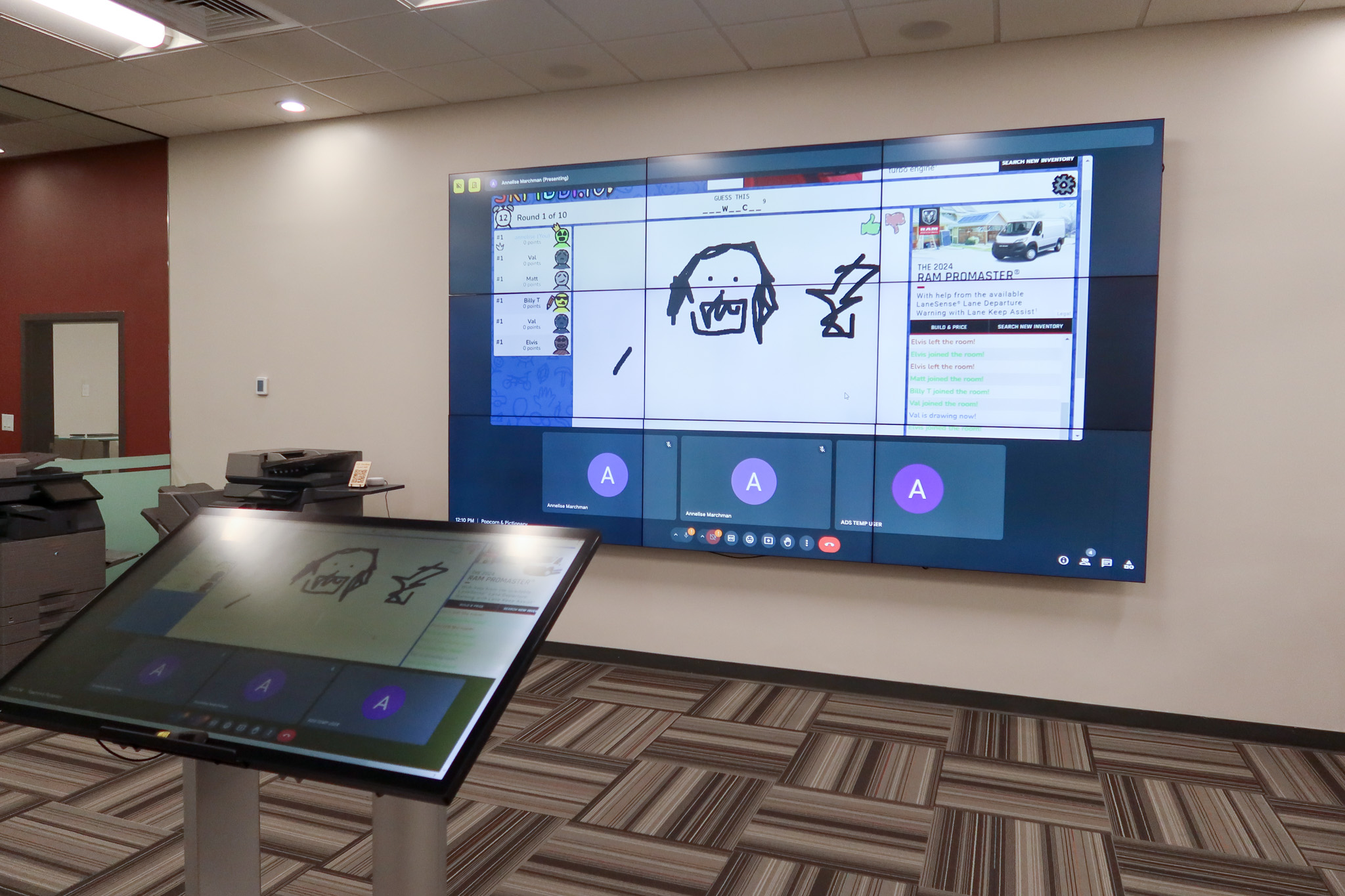We talk a lot about physical safety at work. We have protocols for emergencies, clear ergonomic guidelines, and safety drills. But what about the safety of our minds? Mental health is the invisible foundation of a productive, engaged, and resilient workforce. When employees feel mentally well, they show up energized and focused. When they don’t, the ripple effects touch productivity, morale, and even workplace culture.
This is where managers and leaders can make a real difference. A workplace that prioritizes mental well-being sees fewer absences, higher engagement, and stronger retention. The first step is recognizing your role in supporting your team’s mental health. From there, small, intentional actions can create a workplace where people feel valued and supported. Here are a few practical ways to start.
Why Mental Health Matters at Work
It’s easy to think of mental health as a “personal” matter, but the workplace plays a huge role in how people feel day to day. Long hours, unclear expectations, and high-pressure deadlines can take a toll on anyone. Stress, anxiety, and depression can lead to burnout, a state of emotional, physical, and mental exhaustion caused by prolonged or excessive stress. A burnt-out employee is less engaged, less productive, and more likely to make errors. More importantly, their overall well-being suffers.
On the other hand, a supportive environment can boost engagement, increase job satisfaction, and even improve retention.
A stressed-out team often shows it in subtle ways, such as frequent sick days, lower focus, or increased tension in meetings. That’s why investing in mental health isn’t just the right thing to do, but also smart for business too.
How Managers Can Help
1. Foster Open and Honest Communication
Creating a space where employees feel comfortable talking about their challenges is crucial. Mental health can be a sensitive topic, and many people fear judgment or negative career consequences if they speak up.
Here are some tips:
- Check In Regularly: Make well-being a standard part of your one-on-one meetings. Ask open-ended questions like, “How is your workload feeling right now?” or “What can I do to better support you this week?” This shows you care about them as people, not just as employees.
- Listen Actively: When a team member does open up, listen without judgment. Focus on understanding their perspective rather than immediately trying to solve the problem. Sometimes, just having someone listen is the most helpful thing you can do.
2. Encourage a Healthy Work-Life Balance
An “always-on” work culture is a direct path to burnout. As a leader, it’s your responsibility to establish clear boundaries and encourage your team to disconnect and recharge.
- Respect Working Hours: Avoid sending emails or messages after hours unless it’s a true emergency. If you need to write something late at night, use the “schedule send” feature. This shows you respect their personal time.
- Encourage PTO: Actively encourage your team to use their paid time off. When you see someone hasn’t taken a vacation in a while, suggest they plan a break. Frame it as essential for long-term performance and well-being.
- Model Healthy Boundaries: Take your own vacations and fully disconnect from work. When your team sees you prioritizing rest, they’ll feel more comfortable doing the same.
3. Recognize the Signs of Burnout
Burnout doesn’t always look like someone saying, “I’m overwhelmed.” Early detection is key to preventing burnout from escalating. While you’re not expected to diagnose anyone, you can learn to spot the warning signs and offer support.
Common signs of burnout include:
- Changes in Behavior: An employee who was once engaged and positive may become cynical, irritable, or withdrawn.
- Decreased Productivity: A noticeable drop in performance, missed deadlines, or an increase in errors can be a red flag.
- Physical Symptoms: Frequent complaints of headaches, fatigue, or other physical ailments could be linked to stress.
- Increased Absenteeism: A pattern of calling in sick or showing up late can indicate that someone is struggling.
When you notice these signs, approach the conversation with empathy and concern. You could say something like, “I’ve noticed you seem a bit disengaged lately. Is everything okay?” This opens the door for a conversation without making assumptions.
4. Provide Resources and Support
Your organization may have resources available that employees don’t know about or are hesitant to use. Make sure your team is aware of what’s available and feels empowered to use it.
Regularly remind your team about the Employee Assistance Program (EAP) and other mental health benefits your company offers. Emphasize that these services are confidential.
Support also goes beyond programs. Keep an eye on workloads to make sure they’re realistic. If you notice someone is consistently buried in tasks, step in to redistribute responsibilities or adjust deadlines. Sometimes the most meaningful support comes from simply making work more manageable.
5. Create a Culture of Appreciation
Recognition is one of the simplest yet most powerful ways to support mental well-being at work. A quick “thank you” in a meeting, a shout-out in an email, or even a handwritten note can go a long way in showing employees that their efforts are seen and valued. Small gestures like these can lift morale, reduce stress, and strengthen a sense of belonging.
As a manager, make appreciation part of your regular routine, not just something that happens during performance reviews. Encourage team members to celebrate each other’s wins as well. When recognition becomes part of the culture, it creates a more positive environment where people feel motivated and supported every day.
Building a Culture of Support for the Long Haul
Prioritizing mental health in the workplace doesn’t require massive policy changes overnight. It starts with awareness, compassion, and consistent small steps from managers and leaders. When employees feel supported, they bring their best selves to work—and that benefits everyone.



